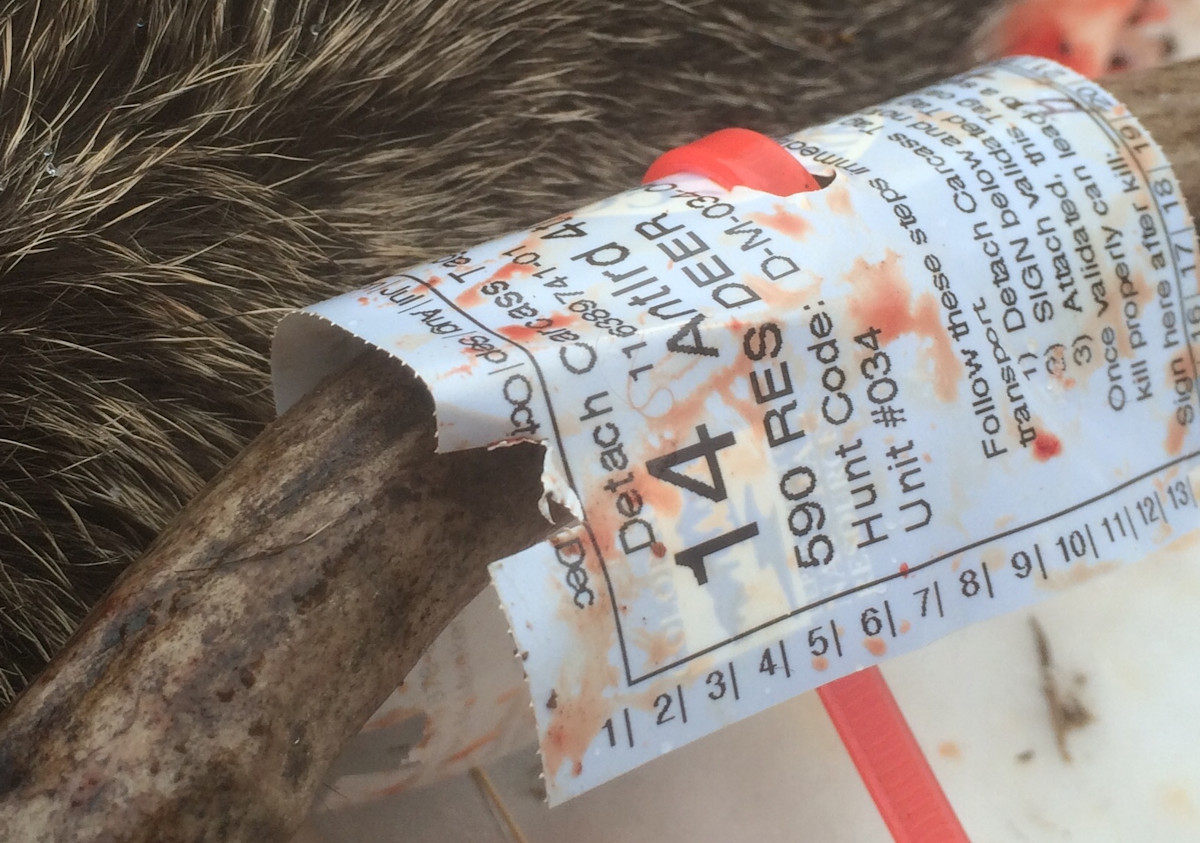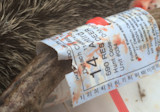
There is no question that modern technology has invaded hunting as it has in just about every aspect of life. Some of these advances have been great for hunters while others bring up tough ethical questions. I couldn’t imagine hunting without a GPS smartphone app that clearly identifies public land boundaries.
On the other hand, I’ve developed personal fair chase concerns with the rising popularity of long range hunting that relies on those same smartphones to calculate bullet drop and windage at extreme distances.
Does smartphone technology remove the hunt from hunting when there’s no worry of being seen, smelled or heard by otherwise wary game animals? No matter your opinion, it’s safe to say most hunters carry their phones into the field. And with new movement from state wildlife agencies, it looks like punching your paper tag may soon become a thing of the past.
Because our society is constantly relying more on digital data in favor of sifting through mounds of paperwork, it makes sense that some state fish and game agencies are looking towards “E-Tags” as an option to paper licenses. Following a successful hunt, the instant digital validation of tagging with a smartphone would save time and money when it comes time to efficiently crunch statistical data like harvest numbers and success rates. But a system like this does bring up some questions for many hunters.
First, although it might seem a small issue, the act of punching or notching your tag is a symbolic act rife with tradition. It’s a significant moment that carries a lot of weight when you finally attach your tag to an animal after a successful hunt. This simple action joins the hunter and hunted in ways that are difficult to describe, and being forced to use an electronic device intrudes into a part of the hunt that is deeply personal. I enjoy the act of notching my tag because it lends an emblematic finality to a hunt that I doubt could be duplicated by tapping a screen.
Beyond this aspect lies the inherent hassles involved. Dead batteries, lack of cell service or forgetting your phone are only a few examples. Perhaps you’re one of the few holdouts who don’t own a smartphone. The question of privacy also becomes an issue. Are waypoints being recorded on the location of your kill? Is your secret hunting spot at risk of being exposed?
Personally, I doubt there’s any serious risk of arriving at your hidden glassing spot to find it’s been overrun by an army of hunters, but there’s always the risk that digital information is vulnerable.Already, there are many examples of states that require hunters to provide kill sites and this data is an important well of information for biologists and game managers. At deer check stations, Nebraska hunters are asked to provide kill locations. Alaska’s reporting requirements clearly stipulate that hunters must include specific hunting areas.
This information is especially important for managing lower density populations of bears, lions, goats, sheep and moose. In my home state of Colorado, hunters must provide the exact location of a moose kill and those coordinates are made available as an online research tool for other hunters.
Hunters will still have the option of using paper tags, and harvest data recorded would only include the unit in which an animal was killed. If cell service was not available, the digital tag would automatically be validated once the hunter’s phone received a signal. With Montana leading the way, it seems inevitable that most hunting and fishing licensing will eventually rely on digital technology just like many other information storage systems.
Here is a link with more information on Montana’s proposed digital licensing:






Conversation